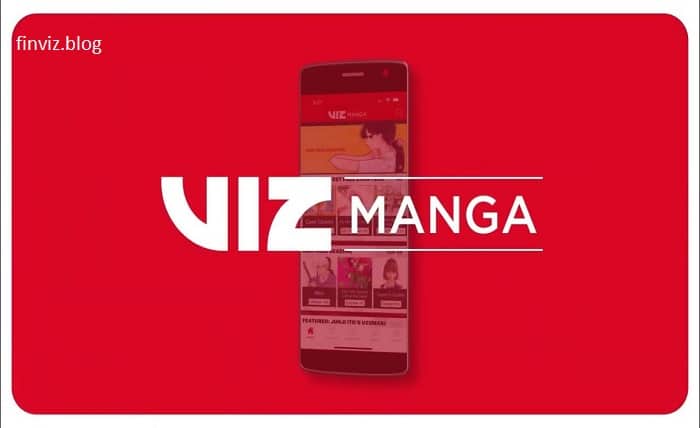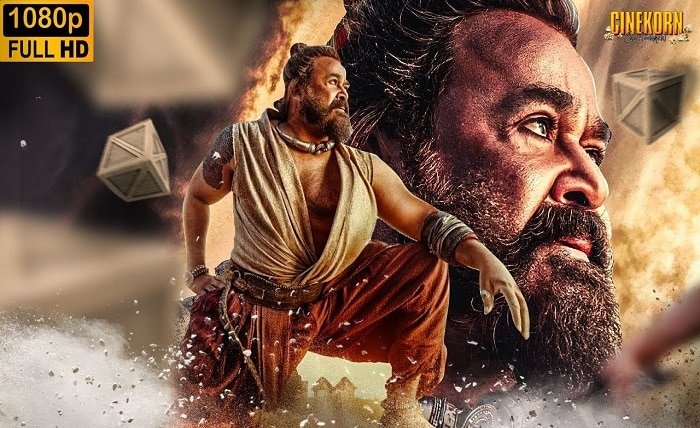Introduction
In today’s data-driven world, the term “viz.” has become synonymous with the art and science of data visualization. Whether you’re a data scientist, business analyst, or marketing professional, understanding the nuances of “viz.” is crucial for transforming raw data into actionable insights. This blog post delves into the significance of “viz.”, its applications, tools, best practices, and future trends.
What is “Viz.”?
“Viz.” is shorthand for visualization, a technique used to create graphical representations of data. By converting complex data sets into visual formats like charts, graphs, and maps, “viz.” helps individuals and organizations understand trends, patterns, and outliers more effectively. The term “viz.” encapsulates the essence of simplifying data interpretation through visual means.
The Importance of “Viz.” in Data Analysis
“Viz.” plays a pivotal role in data analysis by making data more accessible and understandable. It allows analysts to quickly identify trends and correlations that might be missed in raw data. By leveraging “viz.”, businesses can make informed decisions, leading to improved strategies and outcomes. Effective “viz.” enables stakeholders to grasp complex concepts at a glance.
Applications of “Viz.” in Various Industries
“Viz.” finds applications across a myriad of industries. In healthcare, it helps in tracking patient outcomes and disease spread. In finance, “viz.” aids in monitoring market trends and investment performance. The education sector uses “viz.” to enhance learning experiences by presenting complex information in a digestible format. No matter the industry, “viz.” is a powerful tool for data-driven decision-making.
Essential “Viz.” Tools
There are several tools available for creating effective “viz.” solutions. Popular ones include Tableau, Power BI, and D3.js. These tools offer a range of features that enable users to create interactive and dynamic visualizations. Choosing the right “viz.” tool depends on the specific needs of the project, such as the complexity of the data and the desired output format.
Best Practices for Effective “Viz.”
Creating impactful “viz.” requires adherence to certain best practices. These include knowing your audience, choosing the right type of visualization for your data, and maintaining simplicity. Clarity and readability are paramount, as overly complex “viz.” can confuse rather than inform. Additionally, using color strategically and ensuring data accuracy are critical components of effective “viz.”
Common “Viz.” Types
There are various types of “viz.” each suited to different data and analytical needs. Bar charts, line graphs, scatter plots, and heat maps are among the most common. Each type of “viz.” serves a unique purpose; for example, bar charts are great for comparing categorical data, while scatter plots are ideal for showing relationships between variables. Understanding these distinctions is key to effective “viz.”
The Role of “Viz.” in Storytelling
“Viz.” is not just about presenting data; it’s about telling a story. A well-crafted “viz.” can convey a narrative that guides the viewer through the data, highlighting key insights and trends. This storytelling aspect of “viz.” is particularly important in presentations and reports, where the goal is to engage and inform the audience effectively.
Challenges in Creating “Viz.”
Despite its benefits, creating effective “viz.” comes with challenges. One major challenge is ensuring data accuracy and integrity. Misrepresenting data can lead to incorrect conclusions and decisions. Additionally, there can be a temptation to overcomplicate visualizations, which can detract from their effectiveness. Balancing detail with simplicity is a common hurdle in “viz.”
Future Trends in “Viz.”
The field of “viz.” is continually evolving. Future trends include the integration of artificial intelligence and machine learning to create more dynamic and responsive visualizations. Enhanced interactivity, real-time data integration, and immersive visual experiences through virtual and augmented reality are also on the horizon. Staying abreast of these trends is crucial for anyone involved in “viz.”
Learning and Improving “Viz.” Skills
Improving “viz.” skills is an ongoing process. There are numerous resources available, including online courses, webinars, and books. Participating in “viz.” communities and forums can also provide valuable insights and feedback. Practicing regularly and experimenting with different tools and techniques will enhance your “viz.” capabilities, making you more proficient in creating impactful visualizations.
Conclusion:
“Viz.” is an indispensable part of the modern data landscape. It transforms raw data into visually appealing and understandable formats, aiding in decision-making and storytelling. By mastering “viz.”, individuals and organizations can unlock the full potential of their data, leading to more informed and effective outcomes. As the field continues to evolve, staying updated with the latest tools and trends will ensure your “viz.” skills remain sharp and relevant.
FAQs:
1. What does “viz.” stand for?
- “Viz.” stands for visualization, referring to the graphical representation of data.
2. Why is “viz.” important in data analysis?
- “Viz.” makes complex data more accessible and understandable, helping identify trends and insights quickly.
3. Which tools are best for creating “viz.”?
- Popular tools include Tableau, Power BI, and D3.js, each offering unique features for different needs.
4. What are common types of “viz.”?
- Common types include bar charts, line graphs, scatter plots, and heat maps, each suited for specific data presentations.
5. How can I improve my “viz.” skills?
- Improving “viz.” skills involves continuous learning through courses, practice, and participating in communities and forums.






